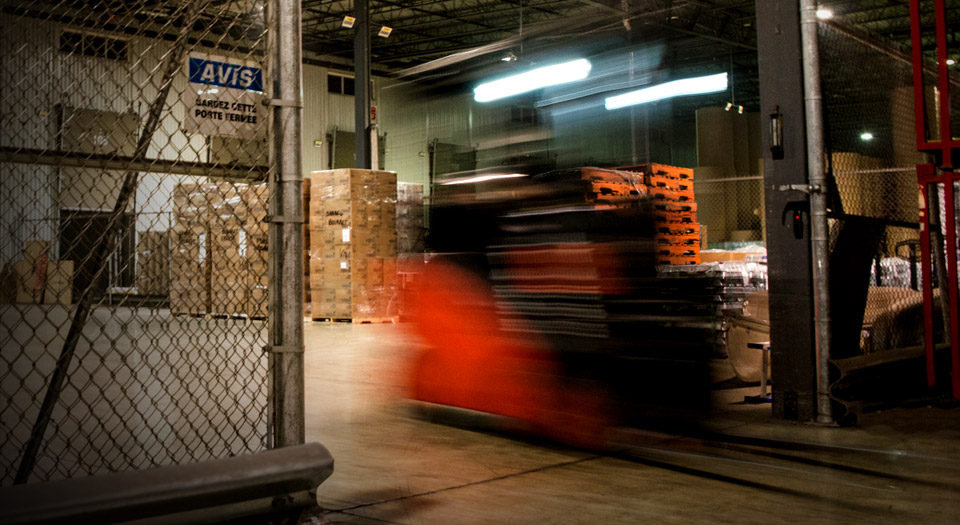
At Transport Bourret, local and long-distance transportation is part of everyday life. Our Bourret International Inc. Division manages cross-border service for shipments from and to the United States.
While some of our clients are based south of the border, most are located in Canada. How is transportation different between these two destination countries?
Local transportation is when the driver returns to the same transshipment terminal or to his home terminal every day. Trucks used for long distances, on the other hand, are equipped with bunks and are built for the comfort of the driver, who may be driving for several days.
In recent years, Canada and the United States have made significant efforts to harmonize their regulations on hazardous materials transportation. These regulations are determined by both countries’ federal governments and are based on United Nations rules.
Most regulations are the same, with some variation. At Bourret International, we have the licenses and insurances required to transport dangerous materials in Canada and in the United States.
Placards are designed to be easily identifiable anywhere in the world. Identification must clearly feature the origin and destination. For example, a container of hazardous materials from Asia that arrives in Canada will be easily identified by its placards.
One of our strengths is the large distance we can travel in 24 hours. For example, a person shipping goods from Québec City can expect the goods to be delivered on the following day to Montréal, Boston or Toronto. However, when shipping to the United States, remember that customs may lead to delays. Since September 11, 2001, customs controls are stricter.
Our C-TPAT and PIP certifications mean smooth passage through customs. All our drivers are part of the FAST/EXPRES program.
Laws on Loads and Dimensions May Vary
Since the gross weight limit in the United States is 80,000 pounds, trailers on American roads do not have more than two axles, unlike some trailers in Québec, which have three or four axles. Three-axle trailers can carry up to 66,900 pounds of cargo (net weight) and four-axle trucks can carry up to 78,000 pounds (net weight).
Gross weight: Total weight of the truck, the trailer and the load
Net weight: Weight of the load only
Since the U.S. strictly controls dimensions and loads, our drivers use public balances to ensure that the weight they carry is legal, both for axial loads and gross weight. See our FAQs for more information on loads and dimensions.
Benefits of PIP and FAST
Allow entrance into Canada by all channels.